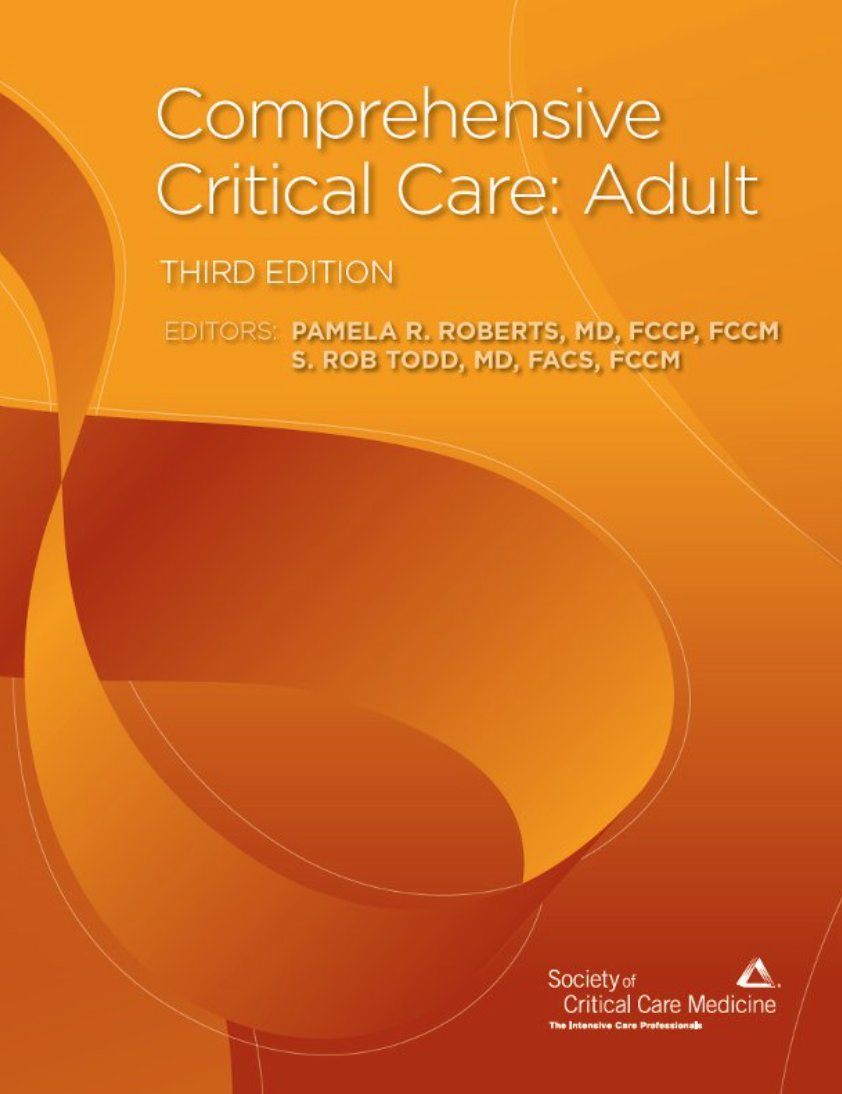
ICU stories: 65 yo pt, fairly healthy besides HTN & an episode of diverticulitis 3 y ago, is brought to the ED due to 2 wks' hx of abd pain & 1 d hx of N/V ("coffee-ground"). Looked "bad". SBP in 60s - improved to 80s w ivf. Intubated. Had CT A/P 👇:
While you review the CT images, you get the lab results: Lactate 10, WBC 3K, INR 2.0, BUN/Creat 100/3.0, CRP 500 mg/l, Procalcitonin 300. The ED is calling you for the admission. What consult(s) do you ask?
The CT A/P showed a large amount of free intra-peritoneal air; stomach & SB were mildly distended & partially fluid-filled. There was colonic diverticulosis without diverticulitis & mild wall thickening involving the descending colon & the sigmoid colon
Obviously, GenSurg consulted (don't bother GI for perf viscus). Pt arrived to the ICU on norepi 0.4 & vaso 0.05. Already received 1 dose of ampicillin/sulbactam in the ED & total 4 lt of NS. Surgeon wants the patient to be "more stable" before taking him to OR. What do you do?
This is a common scenario; the surgeon (or the interventionalist, eg GI) wants the patient to be "stable" but in some cases this cannot be achieved without surgery. Common sense discussions between ICU & GenSurg usually lead to the appropriate course of action
In this case, pt went for emergent exploratory laparotomy. The colon / SB / stomach and liver were ischemic. Underwent resection of the ileum, the R colon & the proximal transverse colon. The abdomen was left open. Pt returned to ICU - repeat labs: lactate 18, WBC 1.5k
Progressed to multiorgan failure & next am family decided to "pursue comfort care". After your discussion w family about goals of care, the nurse informed you that the blood cultures from the previous night (14 hours ago) were positive. What do you think they grew?
There is a widespread belief that community-acquired intra-abdominal infections need only a good surgeon & a sprinkle of ampicillin/sulbactam. This is not always the case even in patients that are not immunocompromised & have no frequent contact with health care facilities
• • •
Missing some Tweet in this thread? You can try to
force a refresh











